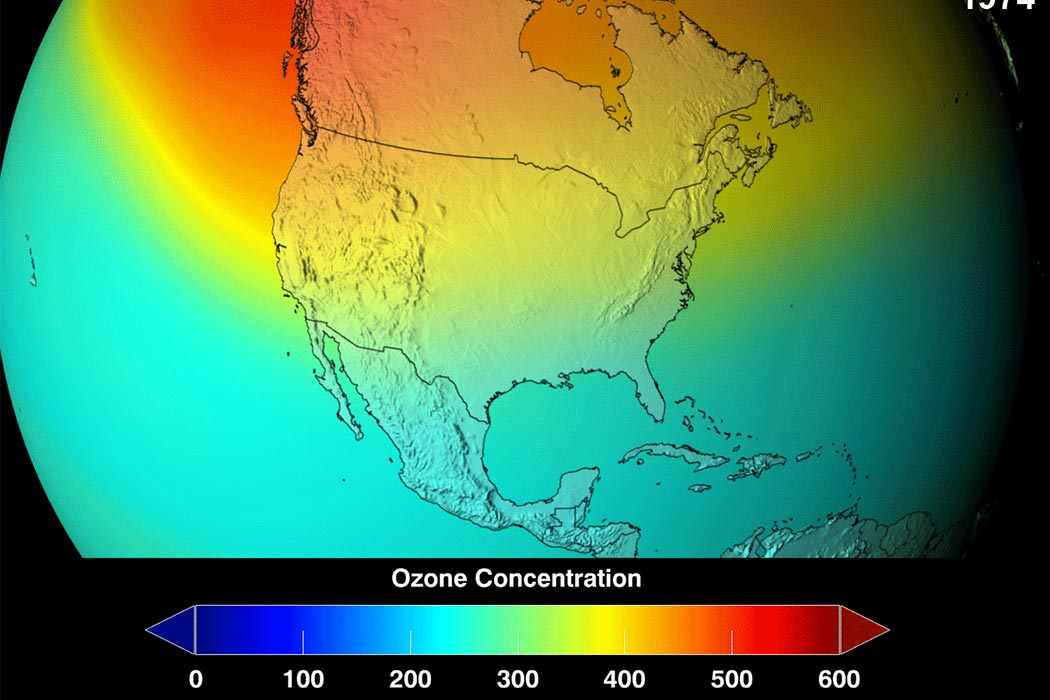For the first time in 35 years, atmospheric ozone actually increased, according to NASA measurements. The worldwide ban of the chlorofluorocarbon (CFC) propellants that were destroying the ozone was a brilliant public policy success, as the problem was effectively halted at the source. Or was it? Much like climate change today, at the time ozone depletion was very contentious. Even a clear environmental victory still faces difficult challenges.
In the years leading up to the 1987 Montreal Protocol banning ozone-depleting substances, there was considerable debate about whether ozone depletion was real and about whether CFCs were the cause. Sound familiar? Substitute “greenhouse gasses” with “climate change” and it could have been last week. As with greenhouse gasses, there were many economic incentives to continue the use of CFC, and many vested interests in continuing their use.
Eventually the evidence for CFCs as the culprit became too difficult to ignore. Again foreshadowing the climate argument, the discovery of the CFC-ozone link represented an early triumph of computer modeling. Writing in the American Statistician in 1982, R.S. Stolarski explains how computer models demonstrated the link between CFCs and thinning ozone at a time when direct measurements were hard to come by. Despite widespread skepticism, Stolarski and his fellow modelers proved correct and ultimately persuaded the entire planet to sign on to the CFC ban.
The real climate change-ozone connection is physical, however, and points to the intractability of global problems. As Claire Miller explains in a 2001 piece ominously titled “Ozone Hole Not Shrinking,” ozone and temperature are very closely tied. As the stratosphere cools, ozone is more likely to be destroyed, and for various physical reasons warmer surface temperatures lead to a cooler stratosphere. Thus, as the planet warms, it becomes more and more difficult to add ozone, and this is a big part of the reason why it has taken decades to show even slow improvements in the ozone layer. The problem was compounded, as Miller explains, by black market use of CFCs after 1987 that delayed the start of the recovery until even illegal use finally phased out.
Given the inextricable link between climate change and ozone depletion, it will take more than a 4% increase in one section of the ozone layer to truly fix the problem, but we will take what we can get. The story of ozone recovery, however slow or threatened it may be, is not how far there is to go but how far the world has actually come. Despite intense opposition, scientific evidence won out and the entire world put politics aside to solve a pressing issue. Today’s slight improvements are the legacy of those efforts. If the governments of the world can do it once, they can do it again, and maybe in the process heal the ozone layer once and for all.







